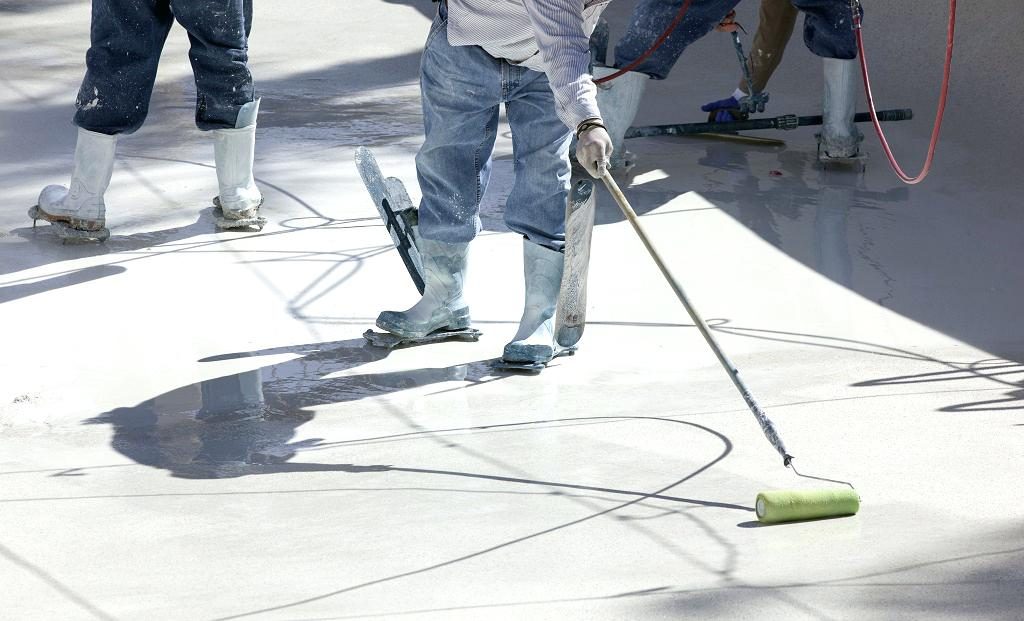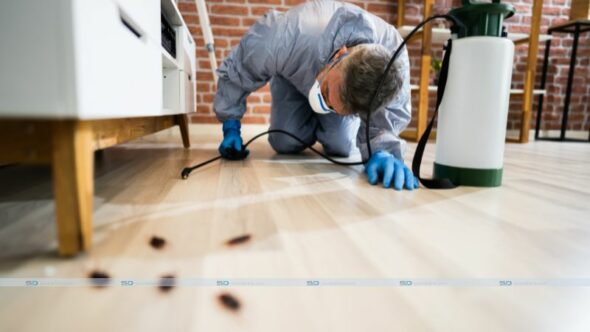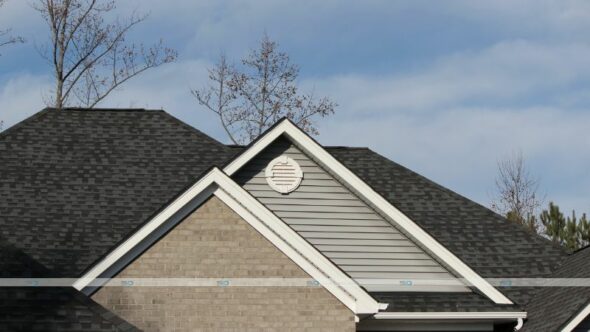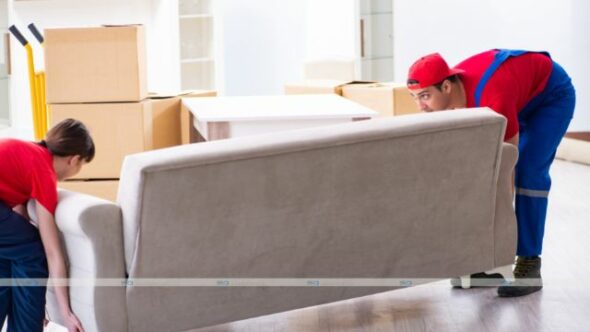Is the finish on your swimming pool starting to fall apart? Do you think it needs swimming pool repairs? If that is the case, then you will probably need to have it resurfaced before the problems can get worse. While a pool could be a good source of fun and exercise for the entire family, the truth is that it also needs regular maintenance to prevent leaks and so that it continues looking great. Swimming pools are complicated systems where the pool’s water level is one of the things that needs maintaining. However, because of the forces that your pool is subjected to each season, such as extreme weather, wear through use, and extreme temperatures, the possibility of pool leaks is just a matter of time. Why not check out here the causes of your pool losing water!
When your pool’s surface starts peeling or chipping, it is essential to consider a swimming pool resurface. And while all this may sound overwhelming, the truth is that it doesn’t have to be the case. The cost of resurfacing a pool will often vary since swimming pools are different. Besides, the cost will depend on the pool’s size as well as the type of finish used. You may also want to have Custom Inground Swimming Pools.
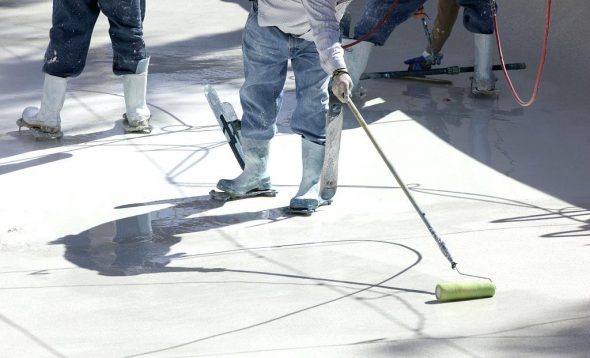
Pool Deck Resurfacing often involves the addition of an extra layer or installation of a new layer on the already worn out layer of a swimming pool. Depending on your tastes and preferences, you can choose to resurface your pool with the material that was there before or go for a new pool resurfacing product. And with the numerous products available on the market, you can never go wrong with the ideal material for resurfacing your pool.
With Titan Aquatic Exhibits you can see through swimming pool walls and is for residential and commercial projects across the world.
How that we are aware of what pool resurfacing is, let’s take a look at how it is done.
Pool Resurfacing Process
Step 1: Draining the Pool
If you are looking to have your swimming pool resurfaced, i thought about this. This means getting rid of all the water in the pool so that all resurfacing works can be done easily. And before the water can be drained, you will need to confirm that all the lights are working in excellent condition and ensure they are not turned on when the pool is empty. You should then turn off your equipment and then lower a submersible pump into the pool so that you can start draining.
Step 2: Preparation
The second step is the preparation process which will often call for the involvement of expert multi-coat, sandblast, and strip crews. These individuals will thoroughly get your pool surface ready by getting rid of the old, damaged pool surface material and prepare it for the installation of the new material. This phase is the dustiest and loudest of your resurfacing project. As such, you will need to ensure that most of your essential backyard items are covered to protect them from the dust. If possible, you should relocate any pots, plants, and patio furniture adjacent to the swimming pool.
Step 3: Tile and Masonry
After your swimming pool has been prepared adequately, you are now ready for the next step of the resurfacing process. In this stage, skilled masonry and tile artisans will install your desired pool tile, coping as well as other decorative materials like a ledger stone. Before this step can begin, it is critical to ensure that every detail regarding your outdoor living space and swimming pool has been finalized and adequately documented. All tile or grout color will need to be selected, and should you require any custom design requests or ideas; you will need to finalize these decisions at this phase. This is a process that could take anywhere between 1 and three days.
Step 4: Plumbing and Sealing
If your pool surface was completely worn out, the chances are that you had to scrap of the entire surface as well as the plumbing system when prepping your swimming pool for resurfacing. If this is the case, then there is a need for you to ensure that there will be a new plumbing installation. And if you just disconnected some parts of the plumbing system, you will need to seal the plumbing to make sure the swimming pool is watertight for your preferred swimming pool surface finish. At this stage, you will also have your pool shell washed. If you’re looking for a plumbing company that specializes in cleaning drains thoroughly and efficiently, saving you time and money, then this eden prairie plumbing services here is all you need!
Step 5: Acid Washing and Neutralizing
Before getting to this stage, the chances are that you have used various products which could have different effects on the pool. Acid washing is a process usually conducted to get rid of any contaminants which could interfere with the bonding of the sealing material. Besides, acid is known to etch the surface, therefore, creating a rough surface which will facilitate a strong bond.
Step 6: Installation of Pool Finish Material
This is usually the stage where you install the swimming pool surface finish material you chose. The pool surface finish is often applied in two coats and is often installed to a thickness of 3/8”. The first coat installed is usually known as the scratch and typically acts as the base for the subsequent layer to stick to. The finish coat is usually the second coat and is essential if you want to achieve the right thickness. These coats are generally installed quickly since there needs to be little drying time between the layers.
Step 7: Clean-up and Filling the Pool
After the desired coat has been installed, there is a need to perform a general clean-up. This is because the pool will probably have lots of debris and dust left from the preceding stages. A pool clean-up can be done by filling the pool to just about halfway and then getting rid of any remaining debris. You may consider hiring a swimming pool cleaning service for this. And after the cleaning is over, you can proceed with filling your swimming pool and installing a privacy fence.
Step 8: Surface Curing and Initial Water Treatment
The final stage in the resurfacing of your pool is the initial water treatment phase, and it is a crucial step that must be completed for the extended life and look of the new pool surface. This means that after the pool has been filled with water, there is a need to perform various procedures to allow the pool surface to cure evenly. This is a process that calls for regular service and monitoring during the first five days of the curing process.
When your pool starts wearing out, you should not lose your cool. Instead, you should get in touch with a RS Pool Patrol for help since this is not a project you want to do on your own.

